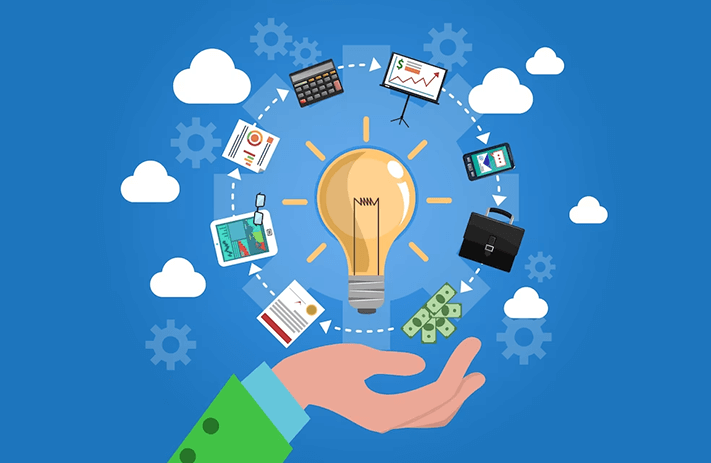
Click the button to start reading
How to set up your client onboarding process for easier projects on repeat.
Everyone knows that being an entrepreneur or running a small business is hard work. This is especially true when it comes to getting leads, moving them through your funnel, and closing deals. It can feel like a cycle that never ends! But what if we told you there’s something you might be missing that will make everything that comes after the sale run smoothly? We’re talking about systems you can set up once that lead to easier projects, happier clients, and repeat business (see: fewer new leads required). That’s where an organized and efficient client onboarding process comes in.
By definition, client onboarding is the process of welcoming new clients into your business. But it’s more than just a welcome email or kickoff call! An impactful new client onboarding process begins in the sales stage and continues throughout every touchpoint a client has with your business.
Today, we’re covering what client onboarding is, why it matters, and walking you through some easy steps your business can take when onboarding a new client that will supercharge your business. So, let’s get into it.

What is Client Onboarding?
Let’s start with an essential question: what is new client onboarding? Client onboarding refers to the process of welcoming new clients into your business. You can think of it in four phases: pre-onboarding, onboarding, maintaining, and offboarding.
The Client Onboarding Process at a Glance
Pre-onboarding. This is typically the pre-sales or sales phase. During pre-onboarding, you’ll define your ideal client, set the project scope, agree on pricing, and create a contract. By streamlining parts of the pre-onboarding process with templates and tools, you can ensure that every new client’s first contact with your business runs smoothly.
Onboarding. Once you have agreed, you can begin onboarding a new client. This second stage is about relationship building and gathering what you need for the project. Some client onboarding steps in this phase are introducing yourself and your team through a kickoff call or welcome packet, gathering more details for the project, setting expectations, affirming the sale, and the more technical aspects of onboarding.
Maintening. Onboarding your new client is only the first part of your business relationship. The maintenance phase is about everything that happens during the project. Keeping trust and delivering on expectations. By building in consistent check-ins, project updates, delivering on expectations, and staying open to feedback, you’ll set yourself up for more straightforward, more successful projects.
Offboarding. You can think of this as a bonus. While offboarding isn’t technically part of onboarding (quite the opposite, actually!), it’s one last opportunity for you to affirm your relationship with the client, confirm the successful completion of the project, and increase the chance of referrals or ongoing business.
Why does client onboarding matter?
Following client onboarding best practices ensures that clients have a positive experience working with your business from the start. And the benefits of that are many.
Benefits for your business of client onboarding
More efficient projects. With a consistent onboarding process, you can better collect and organize the information you need. Your business will be better able to collect information upfront using a questionnaire or kick-off meeting checklist, which means less time setting up projects and less time chasing clients.
Less scope creep. Scope creep is one of the most challenging parts of client work. Your client has agreed on a proposal, the budget is fixed, and suddenly the expectations and list of tasks keep changing and growing. While this is an inevitable part of client work, a better onboarding process can effectively eliminate this by setting clear expectations and being very specific about what’s included and what is not. Create your onboarding process once, and you can use it repeatedly to avoid issues with new clients. But, before you do, check out this article on 7 ways to avoid scope creep to dodge any common pitfalls.
Better compliance with processes. Like scope creep, a client may come into projects with a different understanding of how to collaborate. This might include miscommunications about who is responsible for what, timelines for response, or which channels you use to communicate changes.
By creating a tight pre-onboarding and onboarding process – more on that below – you reduce the risks of misunderstandings and refine processes, making it easier to work together.
Relationships and repeat clients. The importance of the client relationship can not be overlooked in a smoothly running project. By establishing a positive, trusting relationship with your client initially, you earn more credibility throughout the project. Fewer client edits and more confidence in your judgment are positive for everyone! And suppose you’re successful in maintaining that relationship. In that case, your client is more likely to be satisfied with the project’s outcome and more likely to come back for repeat business.
Was it more of a one-off sale? There are plenty of businesses that run off of word-of-mouth alone. Even if you don’t have ongoing contact with your client after onboarding, it’s worth nurturing the relationship since it could mean more referrals or brand ambassadorship without much effort. Win-win.

The New Client Onboarding Process
Pre-onboarding
Let’s start with pre-onboarding – everything that comes before you onboard your new client. Since this is the stage where all the project details are determined, it’s a crucial step to get right. Here are some of the topics to consider in the pre-onboarding process.
Know your ideal client.
Ideal client. Avatar. Persona. Whatever you call it, the key to effective sales and marketing is understanding your ideal client down to the detail. Who are they? What frustrates them? What are some of their ideal outcomes? And you guessed it – how will your service help them get there?
By understanding your ideal client, you will not only save time and money. You’ll have happier clients who are a good fit for your business.
Know your offer
Knowing your offer can also be an important part of client onboarding. Why? It helps create clarity with clients about what you do and what you don’t do. And this is a time when being very clear works to your advantage.
By drawing clear lines around your services, you’ll be better able to estimate timelines, set the scope, and define the deliverables of your projects. When you work on projects of a similar nature, you’ll also be able to streamline every step of your process. Fewer customizations – from contract to final presentation – mean more time for all the other stuff you’d like to work on in your business.
Timeline, Scope, and Deliverables.
The next step towards effective pre-onboarding is creating explicit agreement around the timeline, scope, and deliverables. For example, when does your client need the work done? What exactly do they need support with, and which of these things can you provide? And at the end of the project, what will you actually hand over to them?
By covering these things in the pre-onboarding process, you can start the project on the same page and avoid future misunderstandings.
Pricing.
Sales and pricing is a divisive topic for entrepreneurs and business owners. Some enjoy sales, while others see it as getting in the way of what they actually want to do.
Regardless of how you feel about sales, discussing pricing upfront will ensure that it’s a good match for both the client and your business. Have the conversation early and in detail. Get clear on the scope of the project and set a price that includes some flexibility should the scope change. Set payment timelines and make these conditional for your work.
Proposal, Contract, and Payment
Time to make things official. With all the critical details covered in your pre-onboaring steps, you should have the information you need to create a proposal and contract for your client. This is also a time when you might collect a deposit.
Regardless of the relationship, ensure every pre-onboarding process includes these checkpoints. It will help protect your business if anything goes wrong and ensure everyone is on the same page before beginning the project.
Onboarding
Your proposal was accepted. The contract is signed (… right?). Now it’s time to begin the onboarding process. While pre-onboarding is about determining compatibility and expectation setting, onboarding is the phase to affirm the sale and collect all the details you need to complete the project.
Welcoming your new client: The welcome phase of onboarding a client might depend on the size of your team. If you’re a one-person business, you might have been the one that handled all the pre-onboarding steps, and this is just a formality. However, this could be the first touchpoint if the client is being handed off to another person or team.
An introduction would typically include a kickoff meeting or welcome packet. You can look at these touchpoints as both a chance to gather new information and an opportunity to educate the client or reinforce the relationship.
What is a kickoff meeting? The goal of a kickoff meeting is to reach a shared expectation around the purpose and objectives of the project. You can also use the time to firm up deliverables, timelines, roles, communication channels, and other terms agreed upon in the sales state. The purpose and goals of the project should be articulated, along with any key deliverables and timelines. This is an important opportunity for both sides to ask questions or give input to make sure you’re aligned before the project begins.
To run a successful kickoff meeting, go in with a fixed agenda and a list of topics you must cover. Then, take time to review what you already have and fill in the blanks.
What is a welcome packet? The purpose of a welcome packet is to provide new clients with information and resources, as well as to affirm the sale and set the tone for a project. Most often, your welcome packet will be PDF, but it also might be an email or webpage. Some things you might include in your welcome packet are a welcome letter, an overview of your business and what you do, key contacts, timelines, deliverables, any necessary forms or contracts, and an overview of the project. It also includes FAQs, resources, or anything else your client needs to access throughout the project.
Create a standard welcome packet with fields that you customize for each client. If you use a CRM tool, consider making this part of your automation, so clients automatically receive a welcome email when they enter a new project phase.
Project Information
With the introductions out of the way, you can move into collecting more project information. Think information about the business or more specifics about the project. Depending on the nature of the project, you can get this information in the kickoff meeting or with a more detailed questionnaire.
Let’s say it’s a development project – an onboarding questionnaire might include basic things like contact details and a business bio, but it also could consist of a place for your client to drop login details, content, or feature requests.
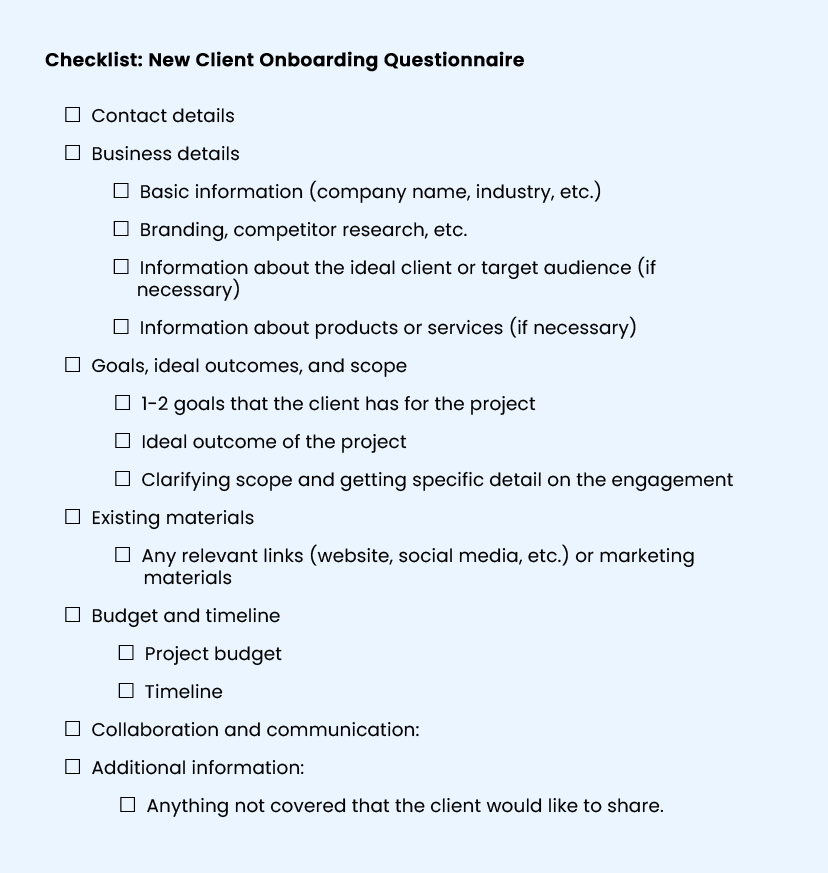
Review Expectations
While you are hopefully aligned on expectations in the pre-onboarding phase, reviewing these expectations is important once all the project details are out there. Some questions to ask:
- Has anything changed regarding the timeline or resources since the initial proposal?
- Does everyone have a shared understanding of the scope and deliverables?
- Do both parties know which means they need to communicate, collaborate, and request edits?
Take the time to go through your processes and deliverables in more detail and make revisions if needed. As you have more experience, you might list common sources of confusion that you address directly in the pre-onboarding and onboarding stages.
Technical onboarding
And, finally, the technical onboarding. This might be what you consider onboarding in the first place—sharing access to technology and tools and creating shared folders and processes. The technical onboarding of a new client is where the real collaboration begins.
To ensure the technical onboarding goes smoothly, have a plan in place. Understand the technical requirements in the kickoff meeting to know what access you need. Come prepared with all the tools and the team resources you need to complete the project successfully.
And since tools are kind of our thing, here are our recommendations for organizational tools and collaboration tools you might consider for your next project.

Maintaining a Relationship
While there’s an art to sales and onboarding, the greatest business skill is learning to maintain a good relationship with your clients. It doesn’t even have to be so complicated! You can maintain confidence throughout the project through simple touchpoints like check-ins, quick responses, and regular updates. You can delight customers and drive referrals and repeat business by delivering on expectations (and even exceeding them sometimes!). And finally, by staying open to feedback, you’ll have the opportunity to improve your onboarding and workflow moving forward.
Check-ins, regular updates, and timely communication
This advice applies not just in business but in every relationship. Communicate clearly, often, and consistently.
From the beginning, you might build check-ins and updates into your process. Decide on a cadence that makes the most sense for your project – weekly? After certain milestones? – and do your best to stick to these. Consistent check-ins are vital for building trust and keeping the project on track. You also might create standard updates (in the form of presentations, phone calls, emails, and reports) so the client can see how the project is progressing. Rather than making them come to you, be proactive with this information.
Another easy win in maintaining a relationship is communicating promptly. Again, this will vary depending on your communication channels and expectations, but setting a standard can take a lot of stress off the relationship. Create a set of criteria about how quickly you’ll respond to emails, messages, or phone calls, and communicate this to the client. When you don’t have the time, you might quickly acknowledge that you got their message and set an expectation on when you will address their issue. And since boundaries are essential, you can also be clear about when you’ll be offline, or your communication will be further delayed.
Deliver on expectations and exceed where possible
We’ve all heard the expression “underpromise, overdeliver.” And this is both true and powerful when it comes to client relationships. Since you’ve done all the hard work of setting expectations during pre-onboarding and onboarding, the maintenance stage is about delivering what you promised.
Delivering on expectations means presenting work you said you would do on time. But going above and beyond is often appreciated and can help drive client satisfaction. This might look like creating an excellent report or presentation, providing additional work free of charge, and adding features or customizations just beyond the scope. You might even consider building this “above and beyond” work into your standard package without telling the client upfront. People love to feel like they’re getting additional value, and if you can bake this into your offer without raising your rates, you’re well on your way to satisfied and repeat clients.
Receiving feedback
Feedback can be so much more than a generic, automated email that goes out at the end of a project. Good feedback is feedback that is achievable, specific, and constructive. However, for it to be valuable and nurture the relationship, it should be carefully designed.
Rather than asking for feedback only at the end, create an open channel for receiving it. This might look like asking your client directly on a call or via email, giving them comment access or agency to create tasks in your task management tool, or sending them a survey they can complete part way through the project. By collecting feedback during the project, you’ll have the chance to understand how things are going and course correct if necessary.
A tip for collecting helpful feedback is to be more specific. Rather than asking a yes or no question, give clients open-ended prompts. What specifically do they feel is going well, and what could be improved? Can they quantify their satisfaction? Is anything not aligning with their expectations? Suppose you can make changes without significantly modifying the project scope. In that case, this is an excellent opportunity to maintain confidence while you work on your client’s project.
Offboarding
You just completed a big project. Everything went great. Now what?
This is where your onboarding process kicks in. You can think of this as the last scene of the movie. Regardless of how every other part of your onboarding process went, this is the moment that your client will remember most! A good offboarding process should define the endpoint of your project, remind the client of the work you’ve done together, ensure they have what they need, remind them of additional services, and give them a final chance for feedback. When done effectively, it can be the thing that determines whether your clients work with you in the future, refer you, or come away from the relationship with a positive image of the experience.
All that said, this is something so few businesses do well! So set yourself apart by creating a solid offboarding process.
What is an Offboarding Meeting? An offboarding meeting is much like the kickoff meeting, only in this case, your objectives are to ensure you hit the project’s expectations. Your offboarding meeting is also an opportunity for both sides to ask questions or give input before the project officially ends.
What is a Goodbye Packet? Like a Welcome Packet, a Goodbye Packet is a customized document that might include a thank you note, an overview of the project and the outcome, a request for feedback or testimonial, resources or FAQs, any project files, and next steps. This is important because while a client might have received these things in bits and pieces, this is one centralized document that covers it all in one place. It gives them a place to reference should they need maintenance or additional services or want to refer you to a friend.
Create a template with customizable fields, and get in the habit of sending this out at the end of any project as a bookend on the relationship.
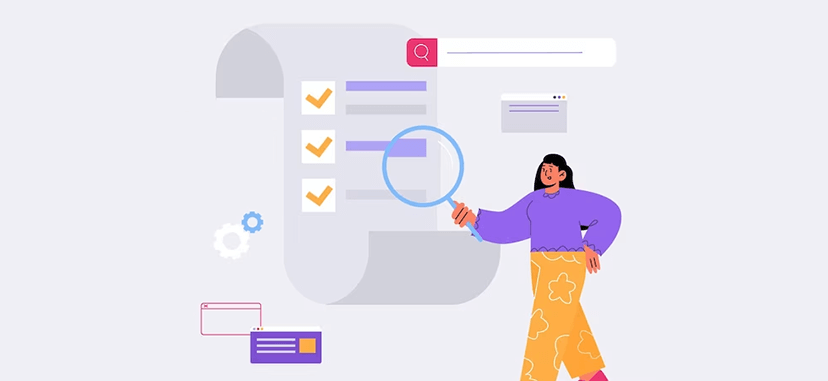
Client Onboarding Checklist
Phew! That was a lot of information. That’s why we created this client onboarding checklist. Use it to review the suggested processes and templates you can create once for smoother client onboarding.
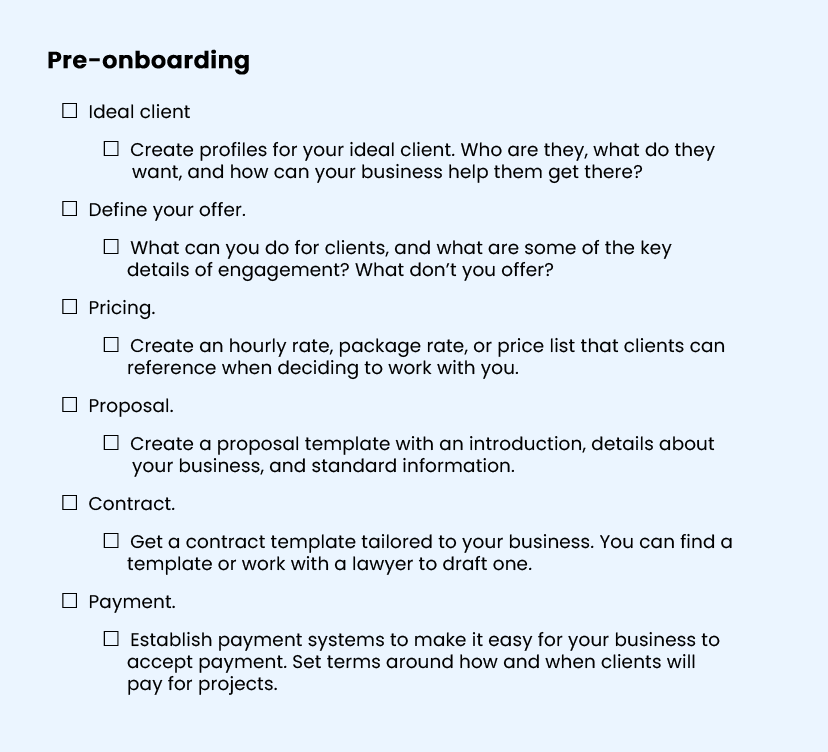

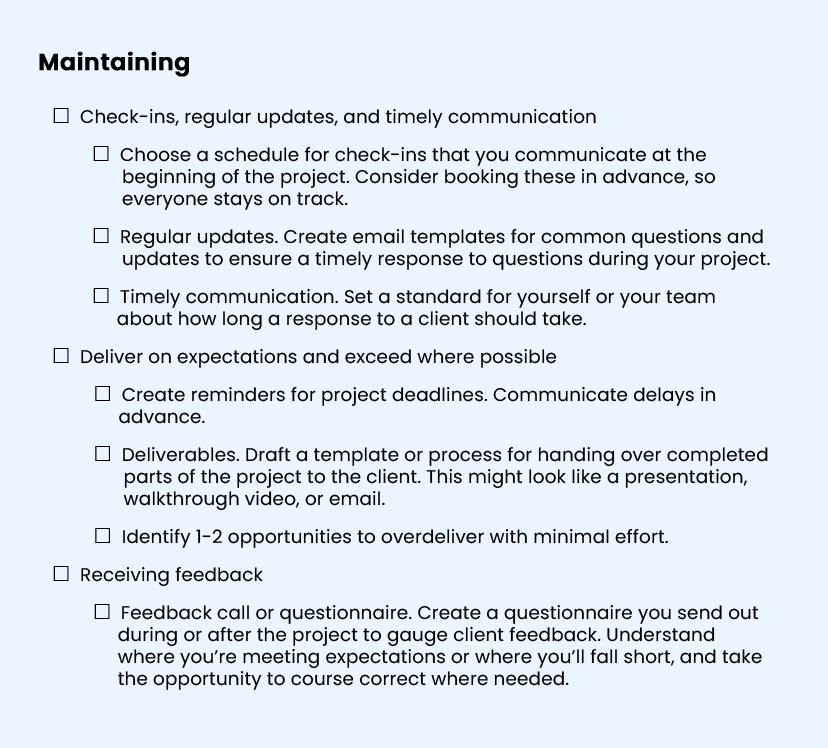
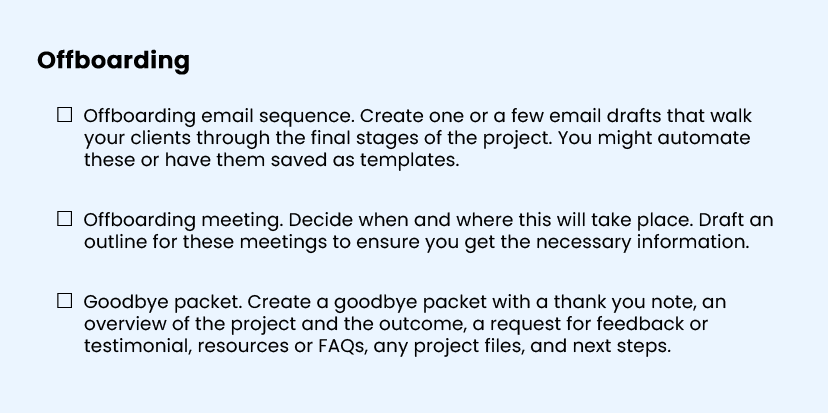
Final thoughts on client onboarding
Like the end of a project, how things end leaves the biggest impact. So if you take one thing away from this article, let it be this: client onboarding is so much more than just a one-off email. It’s a process of building and maintaining a relationship. And by creating a client onboarding system that is standardized, templatized, and automated where possible, you’ll not only create better business relationships – you’ll make every step of your work as a business just a little bit easier.
That’s worth investing in.





